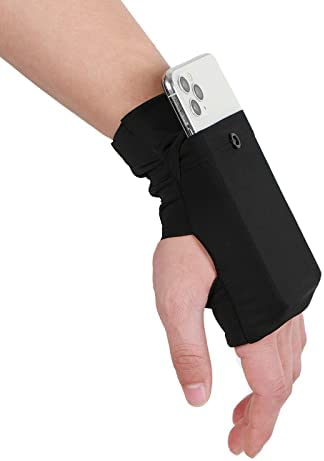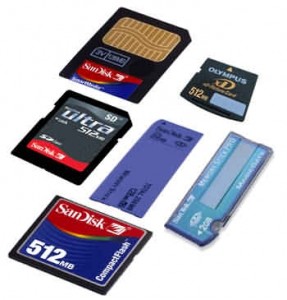
 Memory cards or flash memory are another accessory virtually indispensable in most digital cameras today. At first almost all cameras come with internal memory to store images, but today most rely on external storage media (memory cards), and the best have a small internal memory as an alternative possibility, but which is not very wide. This evolution is that memory cards can expand storage space photos and videos, and store cards separately and then download them easily. Some recommendations already on the memory cards:
Memory cards or flash memory are another accessory virtually indispensable in most digital cameras today. At first almost all cameras come with internal memory to store images, but today most rely on external storage media (memory cards), and the best have a small internal memory as an alternative possibility, but which is not very wide. This evolution is that memory cards can expand storage space photos and videos, and store cards separately and then download them easily. Some recommendations already on the memory cards:
There are many types of cards (below we list the best known [1]). When choosing your camera before you buy, consider what type of card used, and how storage capacity and speed read-write support.
When choosing your camera, consider choosing cameras that do not rely 100% of the card, but also have some internal memory for storing photos or videos. You will then have a “redundant”, ie, “double”, and when one works for you, you have the other as “spare” or emergency backup. The cameras incorporate some internal memory (now most good brands and models) also allows you serious photos from card to internal memory, and / or vice versa, which will be very useful for making backup of certain pictures, or to transfer to the card and then download it from, if you do not have the cable to do so from the camera.
Carry spare cards. It is always better to have two cards that add a certain storage capacity, a single which has that same capacity. This is a simple matter of precaution and probabilities: If you have two, and one fails, it will be the other, if you have two, and a data is deleted, it will be the other, whereas if you a … is clear, right?.
To carry spare cards, should also have a place to store them safely until they are inside the camera. These “holder” are sold separately, but usually tend to come “gift” when you purchase the card.



